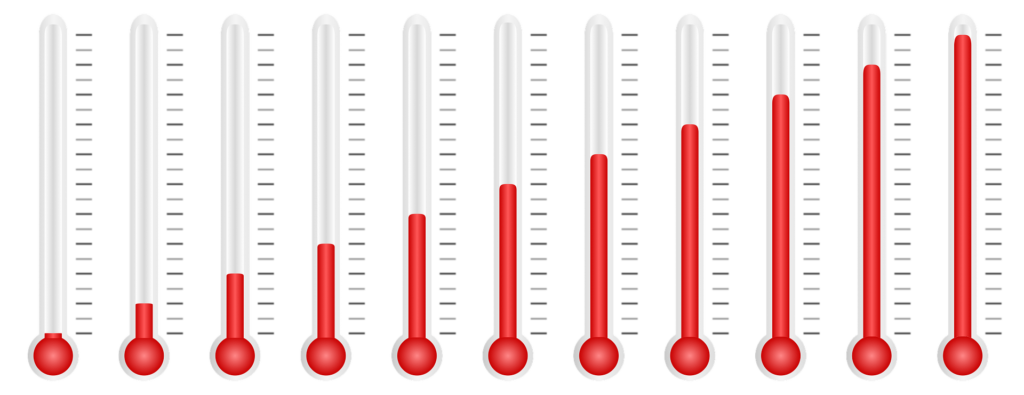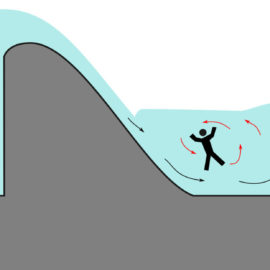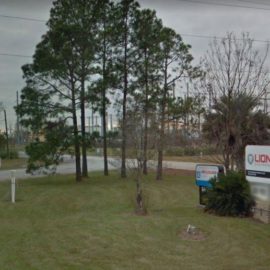
It is fall and the temps are in the 90’s.
Thursday is the first day of fall, but you’ll have to keep your sweaters on the shelf for a bit longer. The fall equinox in the New Orleans area is forecast to see a high of 94, one degree lower than the record for the warmest same-day temperatures. “As we get into the winter, we are favoring a tilt toward above normal temperatures and below normal precipitation,” said Climate Prediction Center meteorologist Scott Handel. “This covers the months of October, November, December.”
nola.com
Average temperatures are abased on the last 30 years and the last few have warmed up.
When the National Weather Service decides how to define average temperatures, it looks at the past 30 years of climate records. In an average year, there would be a 33% chance for the season to be above, below or completely average. But this year, forecasters say there’s between a 40% and 50% chance that fall will be warmer and drier than average. The upcoming warm weather can be attributed to La Niña conditions persisting for the third year in a row. La Niña is a climate pattern that causes winters in the south to be drier and warmer. It normally lasts for one or two years. “La Niña happening three years in a row has happened twice since 1950,” Handel said. “It’s unusual, but not unheard of.”
June was hot and the next two months were more normal.
While July and August brought nearly average temperatures, this June was the warmest one on record with an average temperature of 85.1 degrees. The previous hottest June record holder was in 2011, at 85 degrees. A majority of days in June had above average temperatures, with 5 of those days being the hottest on record. “June was definitely significantly above normal,” service forecaster Danielle Manning said. “In June, it was sunny and dry. Unlike with August, it was cooler than normal because we had so many clouds and so much rain around.” Meanwhile, no heat records were broken for July or August. In fact, both months were cooler than June, with August 2 degrees cooler than average. For the latter part of the summer, Louisiana beat the heat compared to the west coast, which got hit by heat waves during those months. “It’s really not that uncommon to have heat waves across the Pacific Northwest or heat waves in New England while it’s cooler in the southeast or across the Gulf,” Manning said.
In other words, keep cool as it will not be that outside.



